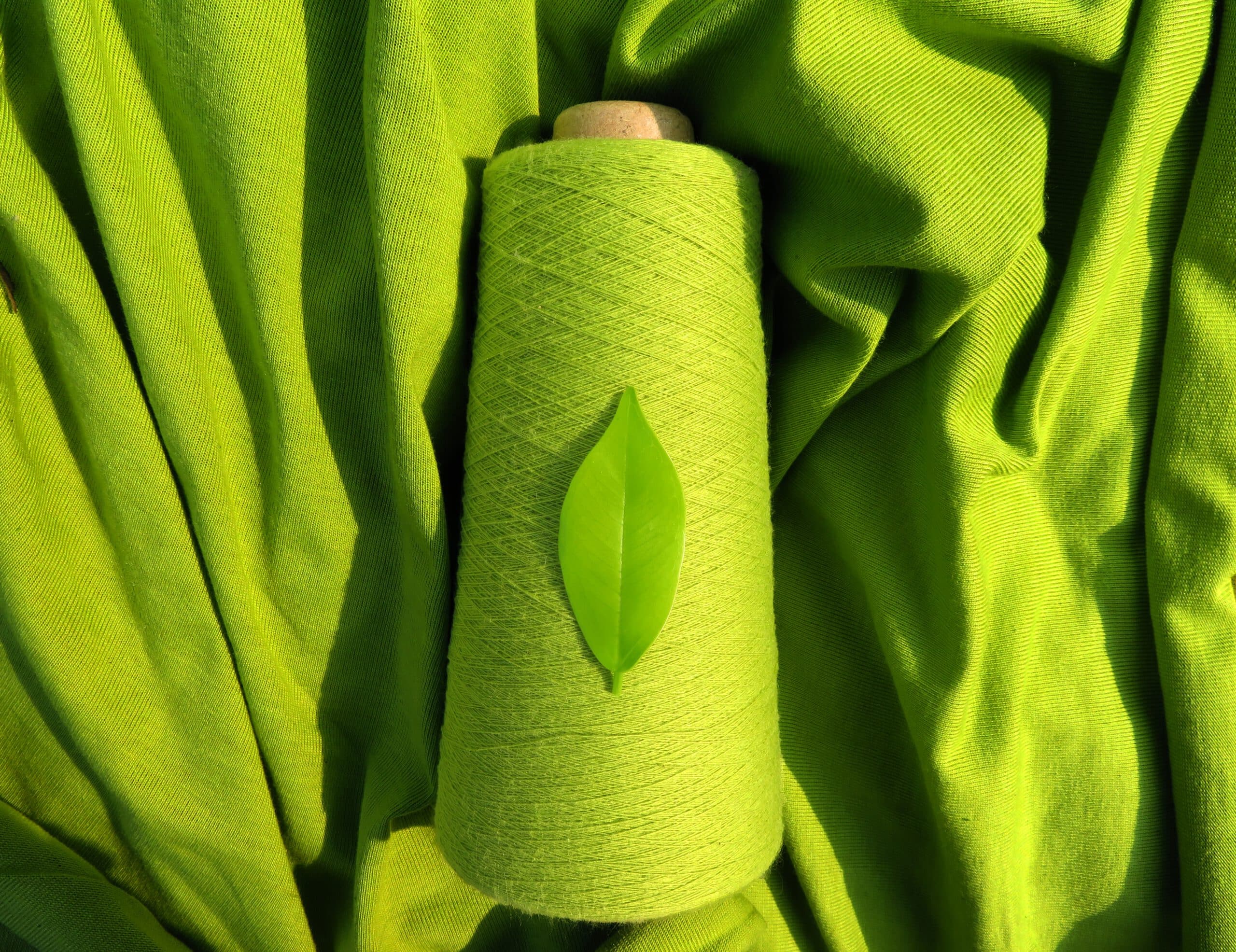We all remember the panic during the coronavirus pandemic, when people started to stockpile disposable surgical masks, toilet paper, tissues, sanitary wipes and other paper-based hygiene products and the demand skyrocketed. In 2020 South Africa consumed 1 992 424 metric tonnes per annum or an approximate average of 35kgs per capita consumption per person.
The pulp and paper sector is a vital contributor to South Africa’s economy, especially for daily requirements like toilet paper and medication packaging, to boxes for exporting agricultural produce. As much as the world is moving toward digitally empowered economies that have a minimal paper footprint – paper still is the driver for eco-friendly alternatives in the plastic sector, such as paper straws or recycled paper bottles. The reality is that paper is a part of almost every part of our life and will likely stay like this for a very long time.
The paper bag making process also results in 50 times more water pollutants than making plastic bags [source: Thompson]. Deciding between consuming more water to produce alternatives that help combat the detrimental effects of plastic pollution and relieving the pressure on water resources, is not too hard considering that water can come from different sources and can be reclaimed or treated to the required quality. The production of paper bags uses three times the amount of water it takes to make plastic bags [source: Lilienfield]. It turns out that making a paper bag consumes four times as much energy as making a plastic bag, meaning making paper consumes a good deal of fuel [source: reusablebags.com].
The water footprint of printing and writing paper is estimated to be between 300 and 2600 m3/ton (2-13 litres for an A4 sheet), other notable paper products that require large amounts of water are:
- Printing and writing paper;
- Tissue products;
- Paper packaging;
- Newspapers and magazines;
- Reading books, notebooks and stationery;
- Price tags and labels;
- Extracts for adhesives and resins;
- Cellulose for pharmaceuticals, cosmetics and even food-grade additives;
- Biochemicals;
- Sawn timber for housing, construction, furniture and decking;
Untreated wastewater from pulp and paper mills is generally discharged into water bodies and which cause damage to the water quality. The effluent imparts brown colour to water which is detectable over long distances. The effluents have high biological and chemical oxygen demands (BOD and COD), lignin compounds and some compounds in the effluents are resistant to biodegradation and can bioaccumulate in the aquatic life. The undiluted effluents are toxic to aquatic organisms and exhibit a strong mutagenic effect. [Kumara Swamy et al. 2011]
MEB has large repertoire of advanced water treatment solutions in different capacities for the optimal supply of water and wastewater treatment in the paper and pulp industries. We will identify and assist you with the best plan to achieve your sustainability goals. Make contact today!

